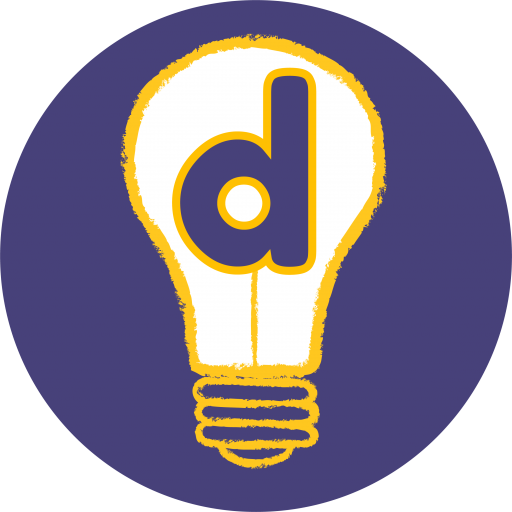Welcome back!
In this lesson, we’re going to start by looking at why community is such a powerful force in learning design. Then, I’ll explain how feedback drives participation and engagement in a learning community to set you up for your first Module 6 assignment.
Communities of Practice Theory
In 1998, a Swiss researcher called Etienne Wenger published a ground-breaking book called Communities of Practice: Learning, Meaning and Identity. Since its publication, the ideas in this book have had a significant impact on how people think about learning. Wenger’s key idea is this: learning is a social process. From the moment we are born, we are learning from the words and actions of our family members, and as we grow, we are constantly learning from the people we meet. We learn through interacting with others, whether intentionally or not. In many ways, it is impossible for us not to learn because every interaction and conversation produces new knowledge which influences how we think and act.
A common misconception about communities of practice is the idea that they are based solely on discussion. While talking to other members is a core activity, ‘joint activities’ are equally important. A community whose members just talk to each other may still be valuable, but it isn’t a community of practice. In a community of practice, a group of people do things together to create shared experiences.
This is why joint activities are an essential component of a successful community. Examples of joint activities might be a group of gardeners working together to maintain a garden, or a group of ceramicists working together to produce an exhibition, or perhaps a group of coders who meet up to help each other work on developing software applications.
Learning as participation
In each of these examples, participating in the community involves more than simply talking about your shared interest. It also involves doing things, and it’s the act of doing something together that produces a shared emotional connection. The more we participate in a community, the greater its impact on our identity and our sense of belonging.
If we view learning as ‘active participation in a community’, it shifts the work of the learning designer towards designing meaningful activities that enable learners to work together. It enables us to construct learning experiences that are anchored in social interaction, not simply on consuming information. And it helps us harness the dynamics of community to drive engagement and accountability. This is why the Ding team call community the ‘secret sauce’ of learning design: you can have a satisfying learning experience without it, but adding community is like adding salt and pepper to your food – it just tastes better.
The role of feedback in effective learning communities
In any learning community, constructive feedback plays a crucial role in fostering growth, improvement, and collaboration among its members. Feedback serves as a valuable tool for individuals to gain insights into their strengths and weaknesses, enabling them to identify areas where they can enhance their skills and knowledge. By providing constructive feedback, members of the learning community can support and motivate each other to reach their full potential.
Constructive feedback is essential because it goes beyond mere criticism; it offers specific, actionable suggestions for improvement. When feedback is delivered in a supportive and encouraging manner, it creates a positive learning environment where individuals feel comfortable sharing their ideas, asking questions, and taking risks. This open and supportive atmosphere fosters a sense of belonging and encourages active participation from all members of the community.
How to give good feedback
To provide constructive feedback effectively, it is important to focus on observable behaviours or specific aspects of the work, rather than making judgments about the person.
- Use “I” statements to express your perspective, such as “I noticed that…” or “I suggest…” rather than “You should…” or “You always…”
- Balance your feedback by acknowledging positive aspects alongside areas for improvement.
- Be specific and provide concrete examples to illustrate your points.
- Finally, offer practical suggestions or resources that can help the individual address the identified areas for growth.
Remember, the goal of constructive feedback is to empower and inspire others to continue learning and developing within the supportive framework of the learning community.
Complete Activity 1
Okay, now you know why feedback is integral to developing an effective learning community. So for your first Module 6 assignment, I’d like you to give feedback on the work of another Bootcamp participant. Open up Activity 1 in your your Module 6 worksheet, and I’ll explain how I’d like you to do it!


